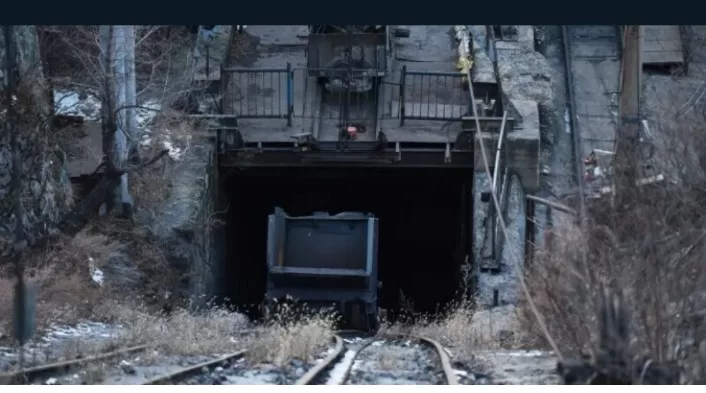In a devastating incident that unfolded on Sunday in the southwestern reaches of China’s Guizhou province, a coal mine fire erupted, resulting in the grim loss of at least 16 lives. The blaze ignited at approximately 8:10 a.m. local time (0010 GMT) within the confines of the Shanjiaoshu Coal Mine, as revealed by an official announcement from the Panzhou City government, which was posted on their website late Sunday.
The preliminary assessment of the calamity attributes the origin of the fire to the conveyor belt, which tragically ensnared 16 individuals within its fiery grasp. Regrettably, the communication provides no further elucidation regarding the extent of the damage sustained or the specific incendiary catalyst.
Swiftly, emergency response teams mobilized to quell the inferno, ultimately restoring temperature equilibrium at the calamitous site. Nevertheless, the distressing revelation followed that, upon preliminary assessment, the lives of the aforementioned 16 individuals could not be resuscitated, as indicated in the official announcement.
The Shanjiaoshu Coal Mine, situated some 3,600 kilometers (approximately 2,250 miles) to the southwest of the Chinese capital, Beijing, serves as a grim reminder of China’s continued coal mining operations. This transpires even as the nation, being the foremost global emitter of greenhouse gases, commits to reaching peak emissions by 2030 as part of its climate change mitigation efforts.
Although strides have been made in enhancing safety standards across China’s mining sector in recent decades, dishearteningly, accidents still afflict the industry with unnerving regularity. Such mishaps are often attributed to the lax enforcement of safety protocols, particularly in rudimentary mining sites.
Official statistics for the previous year indicate a staggering toll, with 245 lives lost in 168 separate mining accidents. Tragically, these statistics underscore the gravity of the situation.
A harrowing explosion at a coal mine in northern China’s Shaanxi province last month claimed the lives of 11 individuals, with nine trapped inside the mine’s depths. In another heart-wrenching incident, two individuals managed to escape the perilous confines but succumbed to their injuries shortly thereafter, according to reports from state media during that period.
February witnessed the partial collapse of a coal mine in the sparsely populated Alxa League of the northern Inner Mongolia region, following a catastrophic slope failure measuring 180 meters (590 feet) in height. This disaster resulted in dozens of people and vehicles being buried beneath a colossal mound of debris. Astonishingly, the definitive death toll remained undisclosed for several months, only being unveiled in June, totaling a grim 53 lives lost.
Evidencing the severity of that particular incident, Chinese President Xi Jinping issued directives at the time, mandating authorities to exert every conceivable effort in locating and rescuing those who remained unaccounted for. The paramount objective was to safeguard the lives, property, and overall societal stability. Local government statements affirm the deployment of hundreds of personnel and over 100 pieces of equipment, all engaged in a determined rescue operation.
December bore witness to yet another somber event, as approximately 40 individuals toiled beneath the earth’s surface when a gold mine in the northwestern Xinjiang region collapsed, further underscoring the perils that persist within China’s mining landscape.
By AFP







